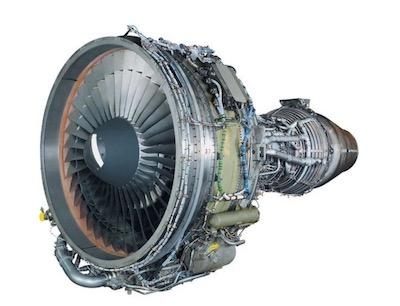Sun, Aug 01, 2021
AD 2021-14-13 Prompted By A Report Of An Uncontained Engine Failure Resulting From Cracks In The Knife Edge Of The HPT
The FAA is adopting a new airworthiness directive (AD) for all Pratt & Whitney (PW) PW2037, PW2037M, PW2040, and F117-PW-100 model turbofan engines.

This AD was prompted by a report of an uncontained engine failure resulting from cracks in the knife edge of the highpressure turbine (HPT) 2nd-stage air seal assembly. This AD requires fluorescent penetrant inspections (FPIs) and visual inspections of the HPT 2nd-stage air seal assembly and, depending on the results of the inspections, replacement of the HPT 2nd-stage air seal assembly with a part eligible for installation. This AD also requires replacement of the affected HPT 2nd-stage air seal assembly, depending on the engine model, at either the next engine shop visit or the next piece-part opportunity. The FAA is issuing this AD to address the unsafe condition on these products. This AD is effective September 1, 2021.
Supplementary Information: The FAA issued a notice of proposed rulemaking (NPRM) to amend 14 CFR part 39 by adding an AD that would apply to all PW PW2037, PW2037M, PW2040, and F117-PW-100 model turbofan engines. The NPRM published in the Federal Register on June 1, 2020 (85 FR 33043). The NPRM was prompted by a report of an uncontained engine failure resulting from cracks in the knife edge of the HPT 2nd-stage air seal assembly. After further analysis, it was determined that the knife-edge crack was due to seal rubbing that elevated the HPT 2nd-stage air seal assembly temperature and induced fatigue. In the NPRM, the FAA proposed to require initial and repetitive borescope inspections (BSIs), FPIs, and visual inspections of the HPT 2nd-stage air seal assembly and, depending on the results of the inspections, replacement of the HPT 2nd-stage air seal assembly with a part eligible for installation. The NPRM also proposed to require replacement of the affected HPT 2nd-stage air seal assembly, depending
on the engine model, at either the next engine shop visit or the next piece-part opportunity. The FAA is issuing this AD to address the unsafe condition on these products.
More News
Also: New SAF, Korean Air Buys 103 Boeings, Maryland SP Helo Rescue, OK AWOS Update Gulfstream Aerospace Corporation announced its first customer delivery of the all-new Gulfstream>[...]
"This is just an absolute win win win. If there is a rejected takeoff we now have the confidence that the arrestor system will ensure passenger and crew safety." Source: FAA Admini>[...]
Low Approach An approach over an airport or runway following an instrument approach or a VFR approach including the go-around maneuver where the pilot intentionally does not make c>[...]
Aero Linx: Historic Aircraft Association (HAA) The Historic Aircraft Association (HAA) was founded in 1979 with the aim of furthering the safe flying of historic aircraft in the UK>[...]
While Flying About 1,500 Ft Above Ground Level, A Large Bird Struck The Right Side Of The Airplane Analysis: The pilot reported that while flying about 1,500 ft above ground level,>[...]
 Airborne 08.29.25: G800 Delivery, Alaska F-35 Crash, USCG-RCAF Medevac
Airborne 08.29.25: G800 Delivery, Alaska F-35 Crash, USCG-RCAF Medevac Aero-News: Quote of the Day (08.30.25)
Aero-News: Quote of the Day (08.30.25) ANN's Daily Aero-Term (08.30.25): Low Approach
ANN's Daily Aero-Term (08.30.25): Low Approach ANN's Daily Aero-Linx (08.30.25)
ANN's Daily Aero-Linx (08.30.25) NTSB Final Report: Excalibur Excalibur
NTSB Final Report: Excalibur Excalibur



